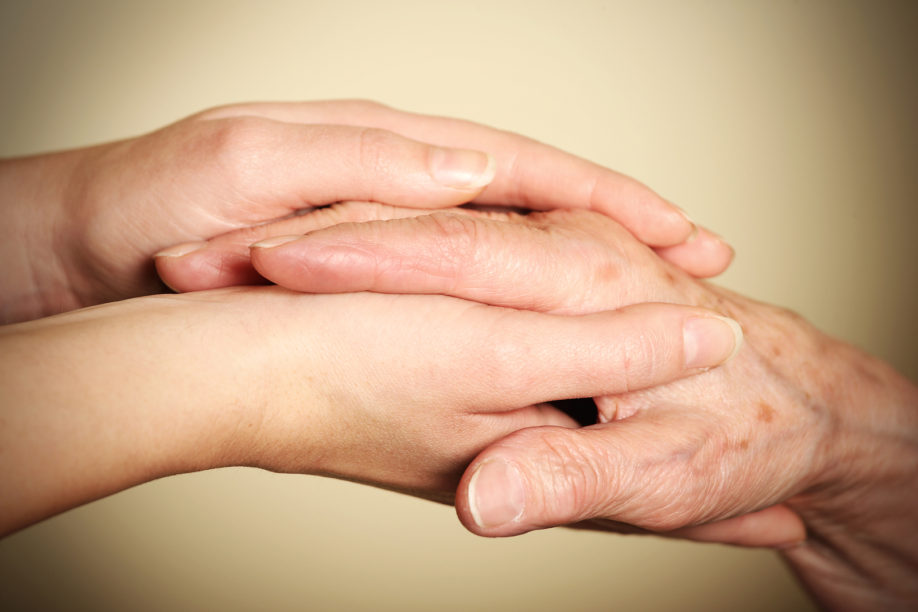
Excerpt: “In a new surge of research, scientists are now studying which exercises at what level of intensity provide the greatest gains. The goal is to design an exercise prescription — one that will probably include a mix of high-intensity aerobics and balance, strengthening and stretching exercises — that delay the disease’s onset or, ideally, prevent it altogether. They also want to better understand what exercise does to the brain of a person with Parkinson’s, as well as its effects on nonmotor functions such as mood and cognition. To be sure, exercise can’t cure Parkinson’s — there is no cure — but most researchers believe it can make a positive difference for most patients.”
… Full Story>

